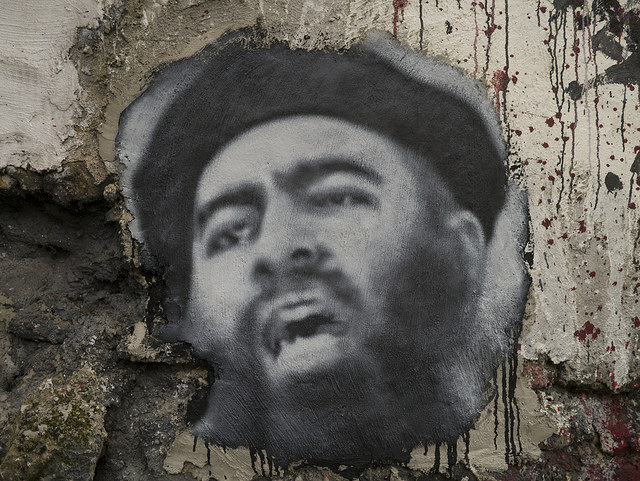In a New York Review of Books review titled The Mystery of ISIS, the anonymous author (described by the editors as a former official of a NATO country who has “wide experience in the Middle East”) describes how the Islamic State established itself and continued to grow against all the odds. The author doesn’t even begin to explain its success: he/she is just portraying the paradox of it in all its bloody glory.
About Abu Musab al-Zarqawi — arguably the most vicious jihadist until current Islamic State leader Abu Bakr al-Baghdadi — and al Qaeda in Iraq, which he founded and from which the Islamic State emerged, the author writes:
… many other insurgent groups … often seemed to have been in a much stronger position to have become the dominant vehicles of “Sunni anger.” Sunnis in Iraq initially had minimal sympathy with Zarqawi’s death cult and with his movement’s imposition of early medieval social codes.
In fact
Other insurgent groups also often seemed more effective. In 2003, for example, secular Baathists were more numerous, better equipped, better organized, and more experienced military commanders; in 2009, the militia of the “Sunni Awakening” had much better resources and its armed movement was more deeply rooted locally….
Such groups have sometimes blamed their collapse and lack of success, and ISIS’s rise, on lack of resources. … But there is no evidence that ISIS initially received more cash or guns than these groups; rather the reverse…. Nor has the leadership of ISIS been particularly attractive, high-minded, or competent
Nor is ISIS’s distinctive approach to insurgency—from holding territory to fighting regular armies—an obvious advantage. Lawrence of Arabia advised that insurgents must be like a mist—everywhere and nowhere—never trying to hold ground or wasting lives in battles with regular armies. Chairman Mao insisted that guerrillas should be fish who swam in the sea of the local population. Such views are the logical corollaries of “asymmetric warfare” in which a smaller, apparently weaker group—like ISIS—confronts a powerful adversary such as the US and Iraqi militaries. This is confirmed by US Army studies of more than forty historical insurgencies, which suggest again and again that holding ground, fighting pitched battles, and alienating the cultural and religious sensibilities of the local population are fatal.
But such tactics are exactly part of ISIS’s explicit strategy. Zarqawi lost thousands of fighters trying to hold Fallujah in 2004. He wasted the lives of his suicide bombers in constant small attacks and—by imposing the most draconian punishments and obscurantist social codes—outraged the Sunni communities that he claimed to represent.
Aside from its willingness to sacrifice its own troops which is less a strategy than a lack thereof, the Islamic State remains a mystery wrapped in an enigma.

